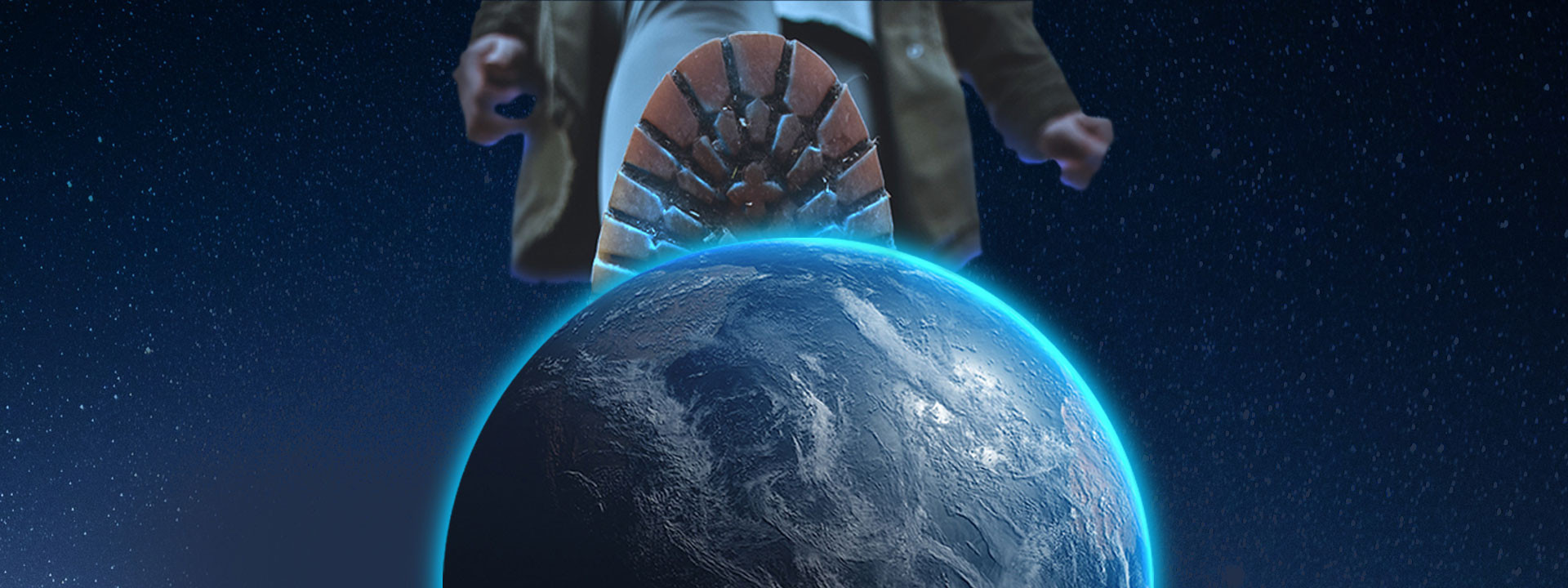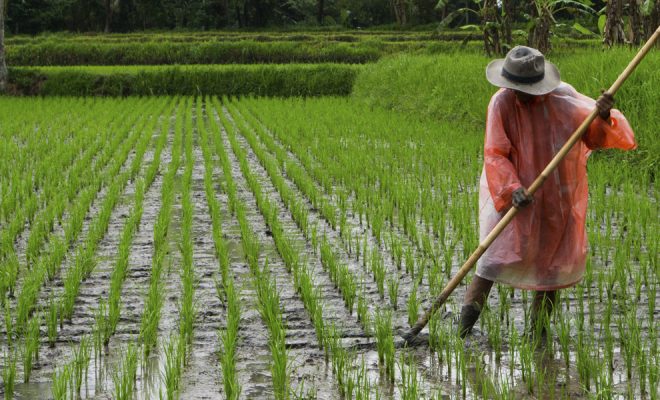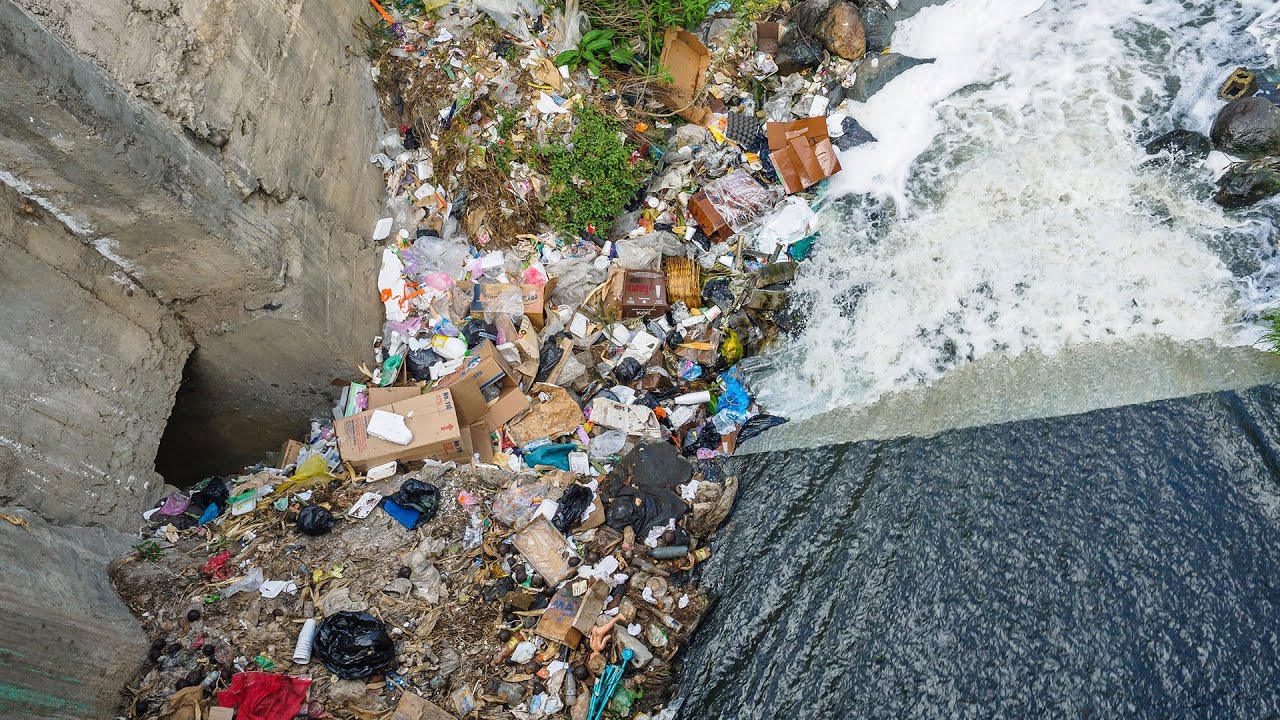
The dictionary defines the Anthropocene as “a recent time or era characterized by the effect of human action.” Although it is not yet officially recognized by the scientific community, it is commonly accepted that it replaces the Holocene, the 11,700-year period during which human civilizations arose.
No one disputes that the Holocene, an era characterized by stability on the Earth’s surface, is over. Humankind has changed the planet significantly and in a very short time on a geological scale. This abrupt change occurred mainly during the second half of the 20th century. The atmosphere, freshwater, oceans, mountains, flora, and fauna were transformed in a few decades by gas emissions, water pollution, destruction of biodiversity, construction of buildings and infrastructure, and alteration of ecosystems.
Human activity soon overtook natural processes in shaping the landscape. For example, it has been calculated that we move about 24 times more materials than those driven by rivers, oceans, glaciers, volcanoes, meteorites, and earthquakes, which for millions of years have been the only modifiers of the Earth’s physical and ecological geography.
Lately, from the scientific perspective, it has been stressed that defining the Anthropocene is essential to understand the impacts caused and thus formulate more solid scenarios to repair the damage.
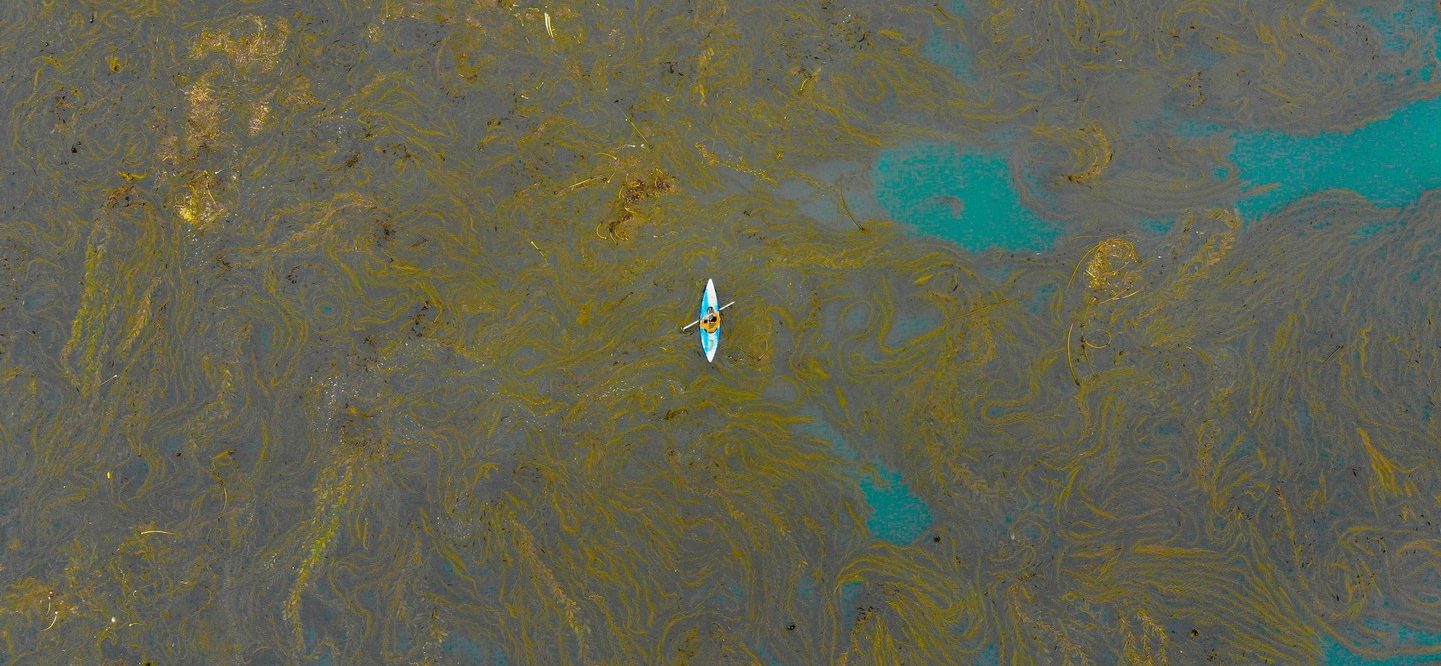
Scientists are looking for a definition of the geological era characterized by the disruption humankind has caused on Earth © Riley – unsplash
What is the best indicator?
The article Defining the onset of the Anthropocene, published last November in the journal Science, explains the work scientists associated with the Anthropocene Working Group (AWG) are doing to determine the place and time at which humanity became a “geological superpower.”
This is a complex task, as both the “place” and the “time” of the factors of change under study are often diffuse in space and span considerable periods of time. In addition, the site must have specific physical properties in sediment layers or strata that show the effects of recent increases in human population, industrialization, globalization, and the changes caused to the landscape, climate, and biosphere.
Some examples: nuclear bomb tests, which began in late 1952, left a trail of plutonium isotopes all over the planet; the sudden increase in electric power production from burning fossil fuels after World War II caused sedimentation of soot particles; and the use of fertilizers also became massive at the same time and left noticeable signs in the natural nitrogen cycle.
Also, the appearance of plastics in the 1950s (now present on both the ocean floor and Everest) makes them serious candidates to be chosen as indicators. Indeed, the term “plastic age” has recently proliferated beyond the scientific community. The sharpest increase in contamination by these polymers occurred about 20 years after that of plutonium isotopes, both of which had never before appeared in the geologic record.
The appearance of pollution in freshwater during the 1950s and 1960s adds up factors in favor of being the definitive indicator of where and when the Anthropocene began. Rivers, lakes, and aquifers have experienced eutrophication (with excess inorganic nutrients) in all agricultural areas. They accumulate so much waste that sometimes it is impossible to imagine their natural Holocene state.
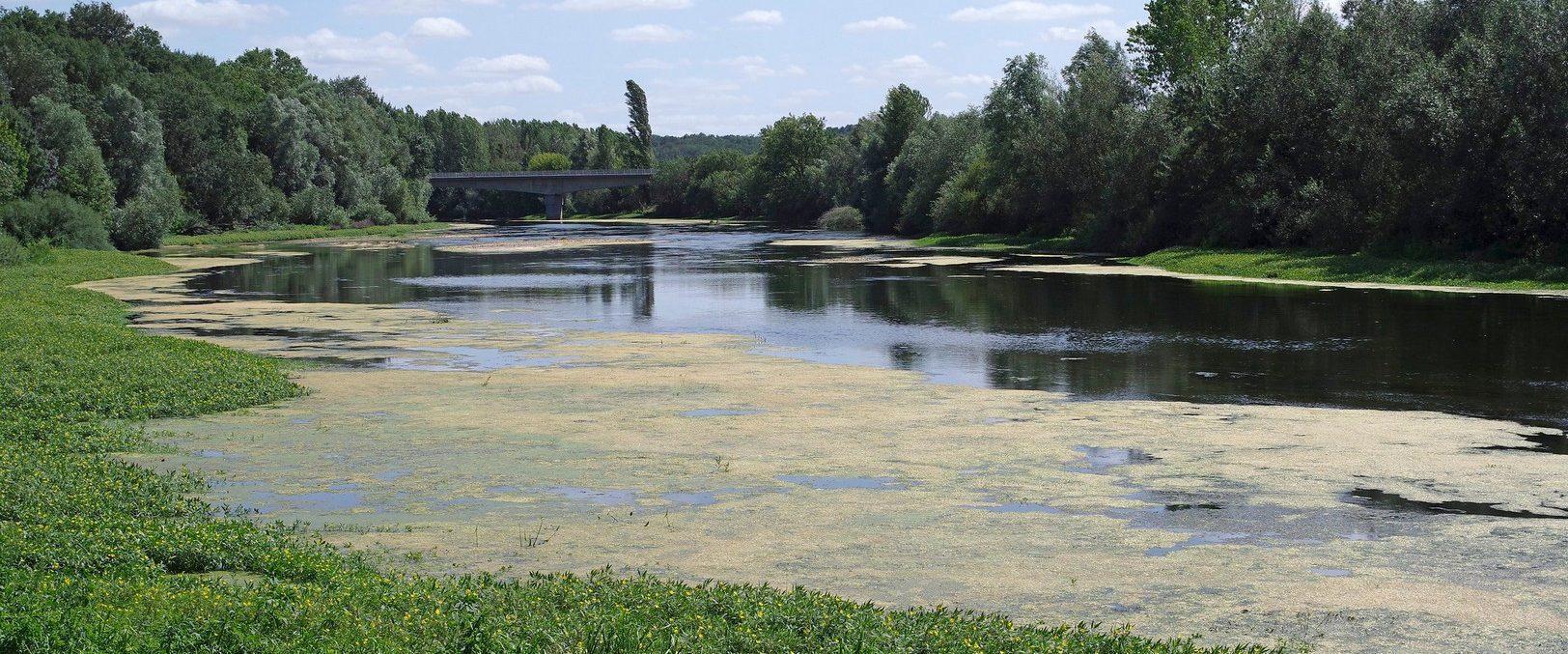
The appearance of pollution in freshwater during the 1950s and 1960s adds up factors in favor of being the definitive indicator of where and when the Anthropocene began. © Daniel Jolivet
More domesticated animals and fewer wild animals
Many believe that an undeniable indicator is the sudden overpopulation of domesticated animals. Chickens, with 25 billion individuals, now constitute by far the most significant bird population on the planet, and two thirds of the mass of large mammals are livestock species. The number of cows (about 1.1 billion), sheep (more than 1 billion), and pigs (about 950 million) are well above that of bison, buffalo, deer, and wild boar, for example, which are wild species that, taken together, have declined by 70% in the last century.
This accelerated livestock development has led to a significant increase in carbon and water footprints and to the pollution of aquifers. It is also linked to the proliferation of a diet in rich countries based on international food transport with no historical precedent and is another characteristic of the Anthropocene.
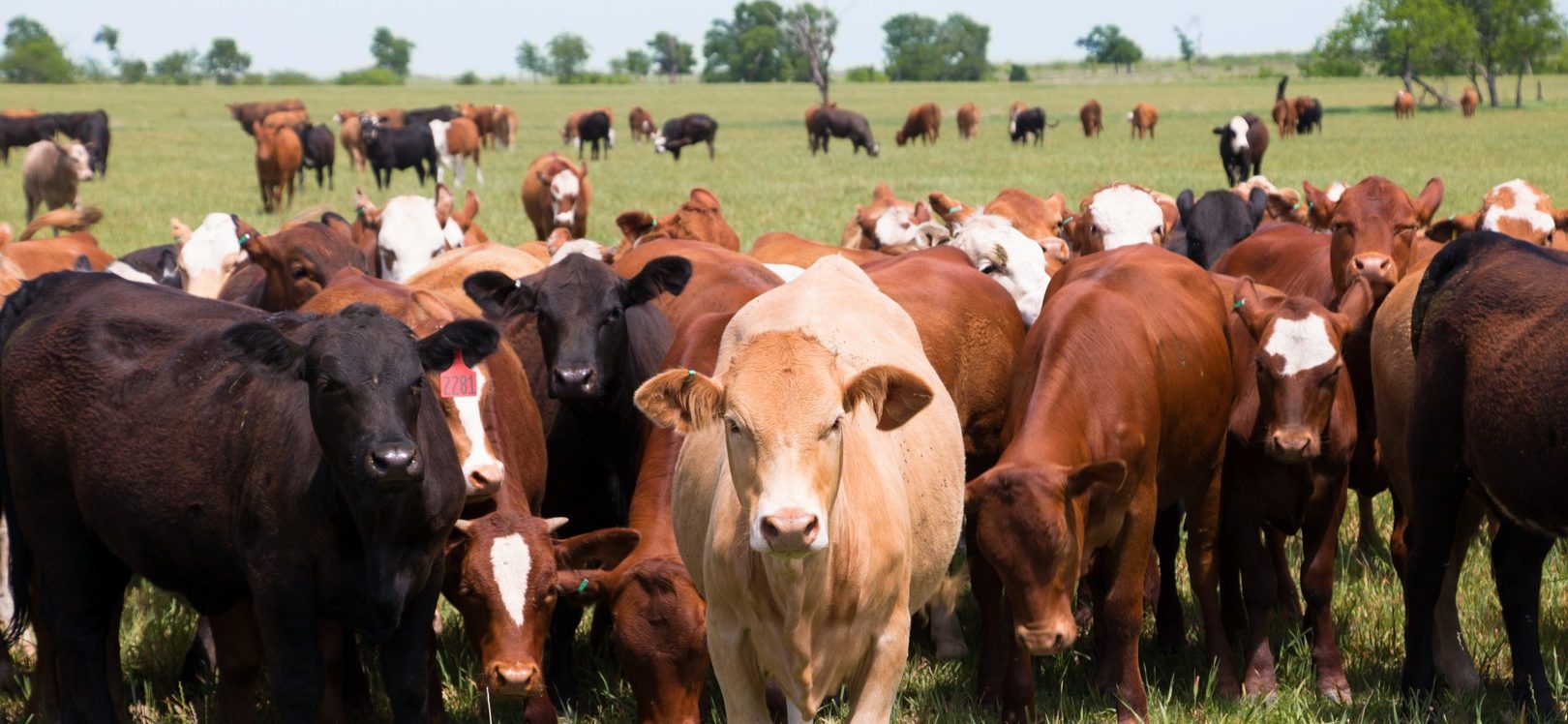
The number of cows (about 1.1 billion), sheep (more than 1 billion), and pigs (about 950 million) are well above that of bison, buffalo, deer, and wild boar, for example. © Rockin’Rit
Water infrastructures and habitat fragmentation
The impact water management infrastructures have had on our planet throughout the 20th century has been little publicized because, in many cases, it has taken a long time for the damage to become known. Thanks to the development of ecological and geological science in recent decades, we now have abundant data that may come as a surprise: water has suffered anthropogenic consequences as much as land, but it has been a much greater transmitter of imbalance.
A significant group of environmentalists points out that the consequences of inter-basin water transfers and the construction of large dams on rivers represent a turning point to be chosen as an anthropogenic reference.
Just as a highway or a railway line are impossible barriers for many animals, so are the pipelines and canals of inter-basin water transfers. As a result, many animals have their migrations and journeys interrupted, meaning that many seeds carried in their feces and pollen are no longer distributed as before. This causes habitat fragmentation, another characteristic of the Anthropocene.
The aggravating factor of this water transport is that it is also a transport of species. Water transfers have allowed animals, plants, and microorganisms to bypass natural orographic barriers and colonize the recipient basin. This tends to homogenize ecosystems, which impoverishes biodiversity.
On the other hand, the reduction in the flow of the donor basin reduces sedimentation and the water supply at the mouth, which favors the gradual invasion of seawater with the consequent soil salinization and the impoverishment of nearby ecosystems, as is the case in many wetlands and marshes. In contrast, the basin receiving the water transfer sees its water volume increase to a level its ecosystem is not adapted to. The riverbank vegetation is significantly altered and may disappear, increasing the erosion of the riverbed.
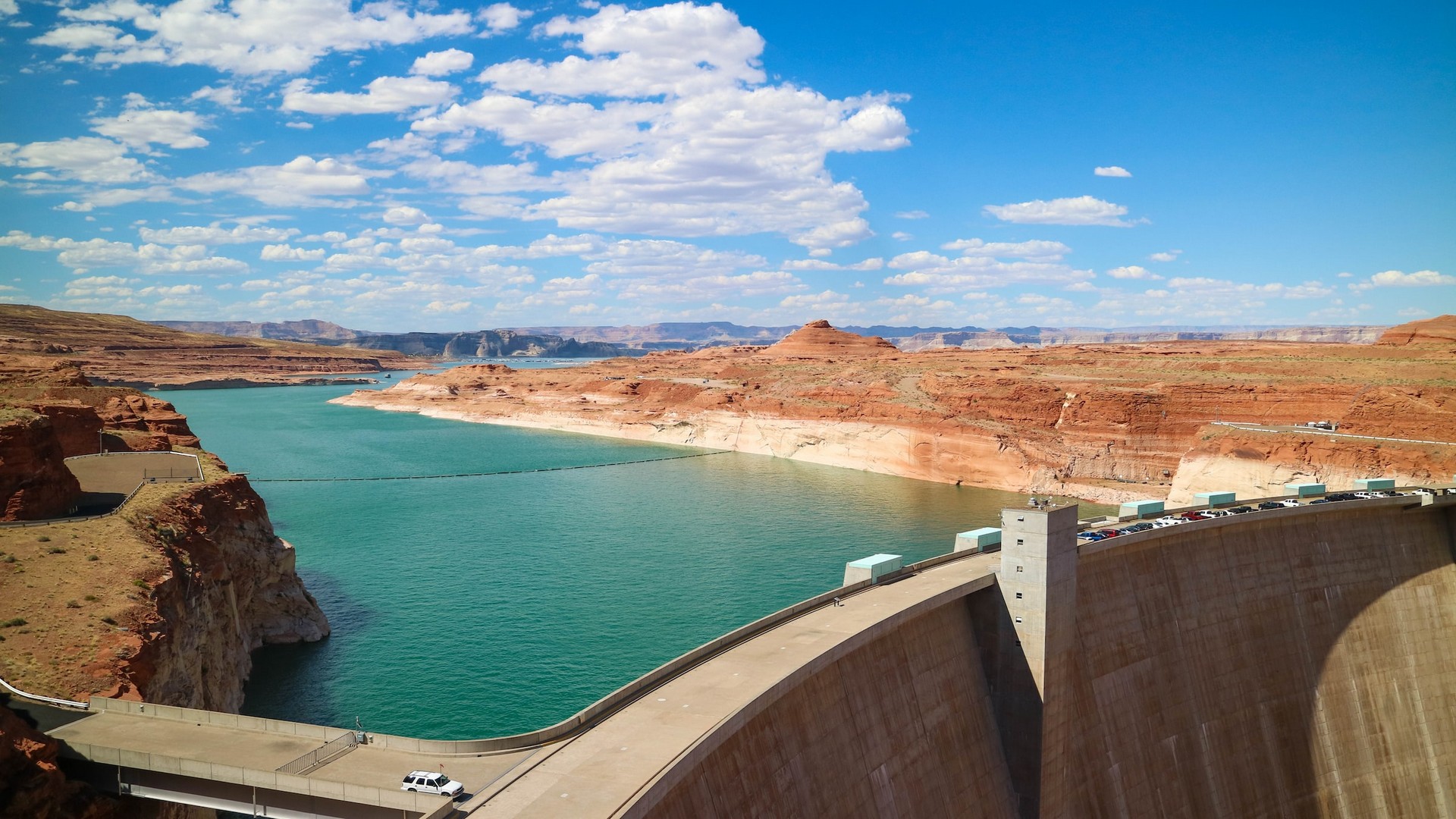
The construction of large dams on rivers represent a turning point to be chosen as an anthropogenic reference. © Joshua Sukoff-unsplash
Two thirds of the world’s rivers do not flow naturally
The accelerated construction of large dams occurred in the second half of the 20th century. There are some 45,000 worldwide, covering an area of over 335,000 km2. This dramatically changed the global distribution of freshwater, altering the natural patterns of hydrological variation and sediment transport in rivers.
Dams have modified the entire ecological systems of two thirds of the world’s major rivers, whose waters cannot flow naturally. This has had dire consequences for nature, with freshwater biodiversity showing an 84% decline in species since 1970 and one third of freshwater fish now threatened with extinction. Large dams are another candidate indicator for defining geological period change.
The list of human actions that are candidates for defining the Anthropocene is long, and most of their consequences are already irreversible. Nevertheless, we have to live with them and are obliged to know better what we have done to avoid repeating our mistakes in the future and learn to adapt. The definition of this new geological era will force us to take a holistic view of the impact we cause and reconsider the concept of sustainability.


